Researchers detected mysterious radio waves in Antarctica that seem to defy the rules of particle physics. Now they're searching for a cause. The Antarctic Impulsive Transient Antenna experiment uses 24 antennas attached to a NASA balloon to study neutrinos. (Image credit: Stephanie Wissel / Penn State) Instruments flying more than 18 miles (29 kilometers) above Antarctic
Archives
The Vera C. Rubin Observatory has released its first images as it begins its 10-year mission conducting the Legacy Survey of Space and Time (LSST). The LSST will revolutionize astronomy with one of its primary aims being the investigation of dark energy, the mysterious force driving the accelerating expansion of the universe, and dark matter, the strange substance that accounts for 85% of the
How to see the powerful meteor shower on June 26–27 (photo: Freepik) June's unpredictable Bootid meteor shower is upon us! Here's everything you need to know about the annual shower ahead of its June 27 peak. Each day, around 48.5 tons (44,000 kilograms) of ancient debris dating back to the creation of our solar system collide with our planet's atmosphere, according to NAS
What is the moon phase today? Lunar phases 2025 See what moon phase it is tonight and find out when you can see the rest of the moon phases for 2025. (Image credit: Credit: NASA/JPL-Caltech • whats_up_may_2025_moon_phases) What is the moon phase today? Today, June 24, 2025, the moon is 28 days old and is in the New Moon phase of its lunar cycle. It is 0% illuminated.
After plans stalled for a new dam in the Czech Republic, eight beavers saved the day seemingly overnight. “At this point, nothing that beavers do surprises me.” A beaver sits on the banks of the Elbe, a major river of Central Europe that flows from the Czech Republic through Germany to the North Sea. Beavers are famous for their abilities as ecosystem engineers, or animals that modify
The first-of-its-kind technique could offer a much safer and more effective alternative to current cancer treatments. Image: Rachel Barton/Texas A&M Engineering Just as jackhammers can penetrate concrete, molecular jackhammers (MJH) are nanoscopic machines capable of creating blows so strong that they can crack or rupture the cell membrane, decompensating and killing the
The quokka, an impossibly-cute marsupial that's taken social media by storm, is facing unexpected threats in its southwestern Australia home. (Credit: Martin Pelanek/Shutterstock) The quokka, an adorable marsupial hailing from southwestern Australia, is bound to put a smile on anyone’s face. They’re small and fuzzy, and the distinctive shape of their mouth gives quokkas the appeara
The alignment occurs hours after the moon hits its third quarter phase. The moon and Saturn will be visible in the eastern sky in the early hours of June 19, with dimmed Neptune nestled between the two brighter solar system bodies. (Image credit: Created in Canva by Daisy Dobrijevic) The half-lit lunar disk will rise alongside the ringed giant Saturn and dimmer Neptune in
The summer solstice marks the longest day of the year and is celebrated around the world. Summer solstice marks the start of astronomical summer and is celebrated around the world. (Image credit: Anton Petrus via Getty Images) When is the summer solstice? The summer solstice for the Northern Hemisphere occurs on June 20, 2025, at 10:42 p.m. EDT (0242 GMT on June 21), a
Plant life plays a crucial role in fighting climate change by absorbing and transforming greenhouse gases like carbon dioxide. For instance, over its lifetime, a tree can absorb more than a ton of carbon from the air and store it in wood and roots. The presence of mosses blanketing the soil is actually a positive indication rather than a negative one. Mosses play a crucial role in establishing


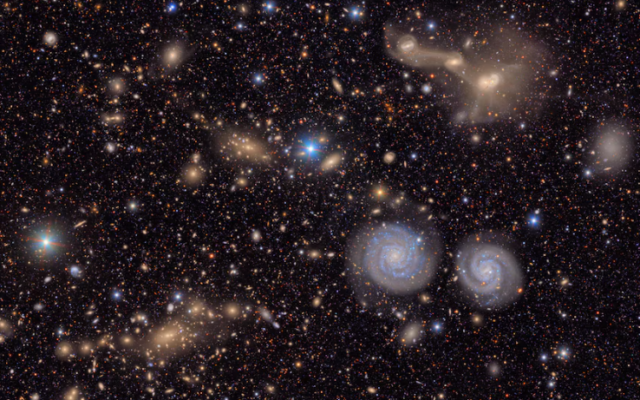


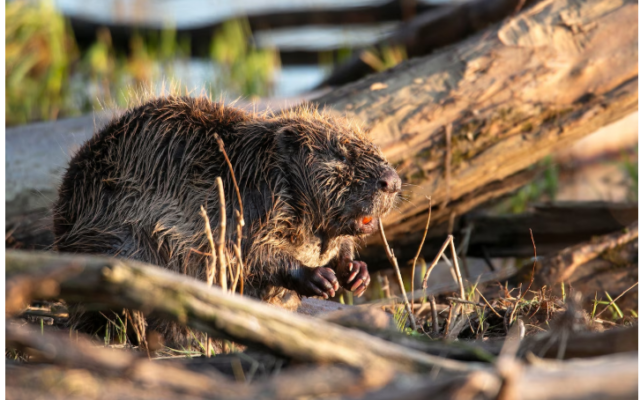

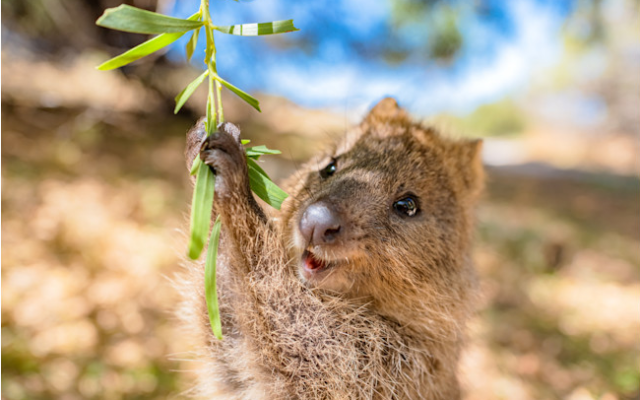
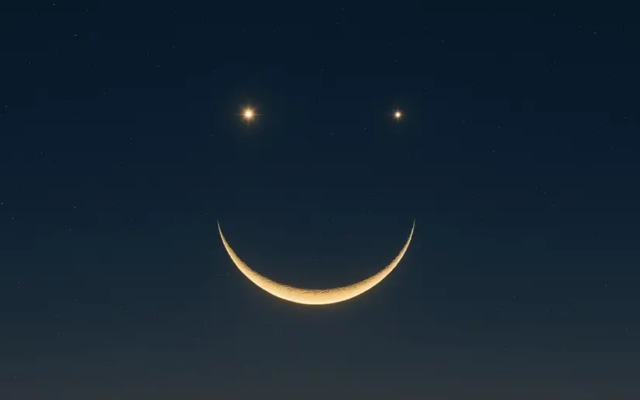

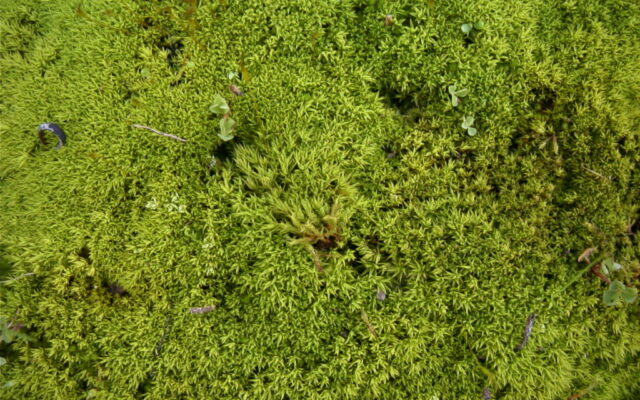
 Photographer Finds Locations Of 1960s Postcards To See How They Look Today, And The Difference Is Unbelievable
Photographer Finds Locations Of 1960s Postcards To See How They Look Today, And The Difference Is Unbelievable  Hij zet 3 IKEA kastjes tegen elkaar aan en maakt dit voor zijn vrouw…Wat een gaaf resultaat!!
Hij zet 3 IKEA kastjes tegen elkaar aan en maakt dit voor zijn vrouw…Wat een gaaf resultaat!!  Scientists Discover 512-Year-Old Shark, Which Would Be The Oldest Living Vertebrate On The Planet
Scientists Discover 512-Year-Old Shark, Which Would Be The Oldest Living Vertebrate On The Planet  Hus til salg er kun 22 kvadratmeter – men vent til du ser det indvendigt
Hus til salg er kun 22 kvadratmeter – men vent til du ser det indvendigt  Superknepet – så blir snuskiga ugnsformen som ny igen!
Superknepet – så blir snuskiga ugnsformen som ny igen!  Meteorite That Recently Fell in Somalia Turns Out to Contain Two Minerals Never Before Seen on Earth
Meteorite That Recently Fell in Somalia Turns Out to Contain Two Minerals Never Before Seen on Earth  Nearly Frozen Waves Captured On Camera By Nantucket Photographer
Nearly Frozen Waves Captured On Camera By Nantucket Photographer  It’s Official: Astronomers Have Discovered another Earth
It’s Official: Astronomers Have Discovered another Earth 